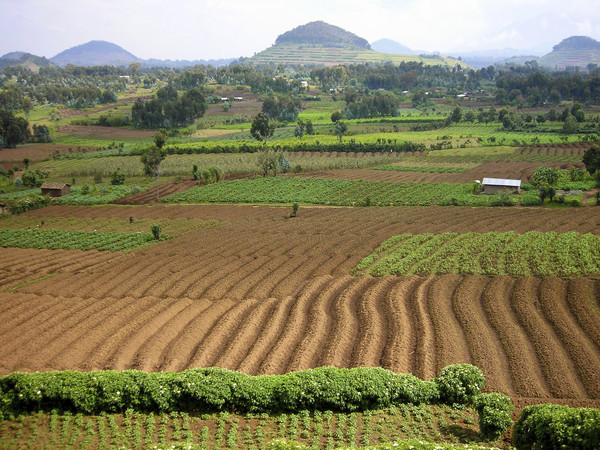
Istanbul meeting: new mechanization geography
Traditional agricultural mechanization markets of reference provided a centerpiece for the fifth Agrievolution summit conference with a focus on five Central Asian republics. Also highlighted was the agricultural mechanization market potential of the African continent
Signals of a recovery of global agricultural mechanization were read in Istanbul January 21st and 22nd at the fifth summit conference of Agrievolution, the association of the world’s leading agricultural machinery manufacturers, which concluded with a show of optimism about the 2016 market trend. According to Agrievolution, leading the way up will be the Colossals, India and China, along with the traditional reference countries in mechanization. Also pointed out during the summit was that new markets can be expected to add weight to the dynamics in the sector. These are likely to be especially Central Asian republics, Kazakhstan, Kyrgyzstan, Tajikistan, Turkmenistan and Uzbekistan with 60% of their populations living in rural areas, 45% of their workforces at work in the primary sector and arable lands accounting for only 20% of their territories. Mehemet Rustu, the president of the University of Ankara, said these countries have rates of mechanization inadequate for sustaining national policies for food self-sufficiency. Rustu affirmed that closing this gap with an eye on improving agricultural productivity and overcoming structural difficulties in the sector can work to stimulate the development of agricultural mechanization in the five Central Asian republics. Though these countries can be considered new players in global technologies for agriculture, the same cannot be said for the African continent where 43% of agricultural mechanical engineering companies now committed there said Africa is very important and essential for their business. At the Istanbul summit, World Bank representative Simeon Ehui presented the findings of a survey among 171 agricultural machinery manufacturers in16 countries on the potential of the African market. Interviewed, 73.6% of them said they were convinced the African market will hold great or even very strong market potential over the coming 15 years. The survey was conducted by Agrievolution Alliance in association with CEMA, the European association representing the agricultural machinery industry, and the World Bank. Beyond the promising possibilities offered by the continent, there are areas of doubt. On this front, the manufacturers appeared to have clear ideas in naming as major obstacles the need for a more reliable political and regulatory framework; functioning banking systems to improve access to finance; training for farmers handling machinery. The World Bank representative noted that this consolidation cannot leave out tailor made mechanization, that is, calibrated specifically to the needs of African agriculture with an inclusive approach to rural communities and close collaboration with private and public representatives. Ehui, from the Agricultural Global Practice of the World Bank, said, “In light of a rapidly growing demand for food in Africa fueled by population growth, we believe a new approach is needed to promote sustainable mechanization and enhance agricultural productivity. Such an approach should combine reinforced institutional support with greater cooperation with the private sector with the help of PPPs (Public-Private Partnerships). We are pleased to see that manufacturers share this view, as we are about to explore the development of a new and dedicated PPP mechanism for mechanization in Africa.”








